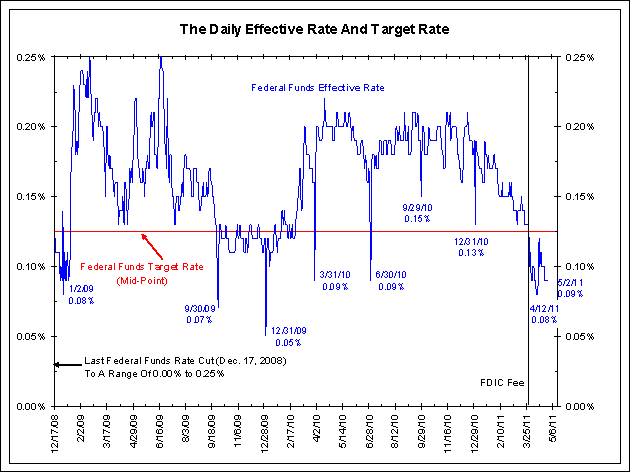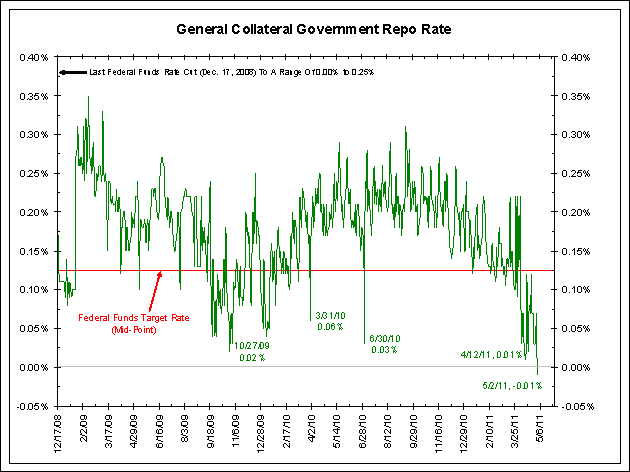- CNBC.com – Fed Still Lacks ‘Exit Strategy,’ but Talks Are Heating Up
Federal Reserve officials held intense talks about exit strategies at their last meeting, with policymakers divided over whether to sell billions of dollars of assets first or simply raise interest rates, according to people familiar with the matter. These people suggested the discussion was more robust than described by Fed Chairman Ben Bernanke at the historic news conference that followed the April 27 meeting. The chairman said the committee “continued its ongoing discussion of the available tools for removing policy accommodation…” But one source said the Federal Open Market Committee, which was presented with a variety of options by Fed staff members, had not had such a pointed discussion on exit strategies in about a year. That was when the Fed was on the verge of tightening, a policy move that was reversed as the economy weakened and, ultimately, a second quantitative easing strategy was launched. To be sure, reporters did not ask the Fed chairman about the exit strategy discussion. No decisions were made at last week’s meeting on either the timing or form of the exit, but a consensus did develop that ending the reinvestment policy would be among the first tightening measures from the Fed.
Comment
Why Should We Care?
Our interpretation of these internal debates is that the Federal Reserve is worried interest on reserves will not be an effective tool in raising market interest rates. As we noted last month, this tool was ineffective in creating a floor on the funds rate in 2008. Additionally, the FDIC fee must be worrying Federal Reserve officials. In order for interest on reserves to be effective, the Federal Reserve might have to hike a lot (say 75 basis points) to get a small hike in market rates (say 25 basis points). Such an over-sized hike carries the risk of being misinterpreted as a panicked move by the FOMC.
Because of this, some in the FOMC seem to be arguing that assets should be sold before rates are raised. This is a sequence that we have long favored. Unfortunately, reducing the balance sheet to a more normal level will likely require a prolonged period of asset sales (which is why we did not favor QE2). If inflation expectations reach unacceptable levels, the market will not have this kind of patience. This could force the FOMC’s hand to raise interest on reserves by a large margin, bringing with it the same problems mentioned above.
We believe the Federal Reserve knows all this, which is why they had “intense” debates about the exit strategy last week. They understand that unacceptably high levels of inflation expectations are not good and could lead to a lot of market misunderstandings and volatility. The bottom line is they are still not sure how or what sequence they should use because they are not sure what will happen when the exit strategy begins. They are guessing, like the rest of us.
<Click on chart for larger image>
<Click on chart for larger image>



CNBC’s Steve Liesman is a Federal Reserve mouth-piece much like The Wall Street Journal’s Jon Hilsenrath.
In the story and video above Steve talks about the Federal Reserve’s “exit strategy” and “sequencing.” Exit strategy is the phrase the Federal Reserve uses for both raising rates and reducing the size of the balance sheet. Sequencing refers to the order in which the different facets of the exit strategy occurs.
The Federal Reserve’s sequencing has four parts:
The first two steps of the sequencing are not controversial. The next two steps, according to Liesman, were the subject of “intense” and “more robust” debates at last week’s FOMC meeting than Chairman Bernanke suggested at his press conference.